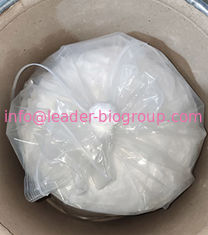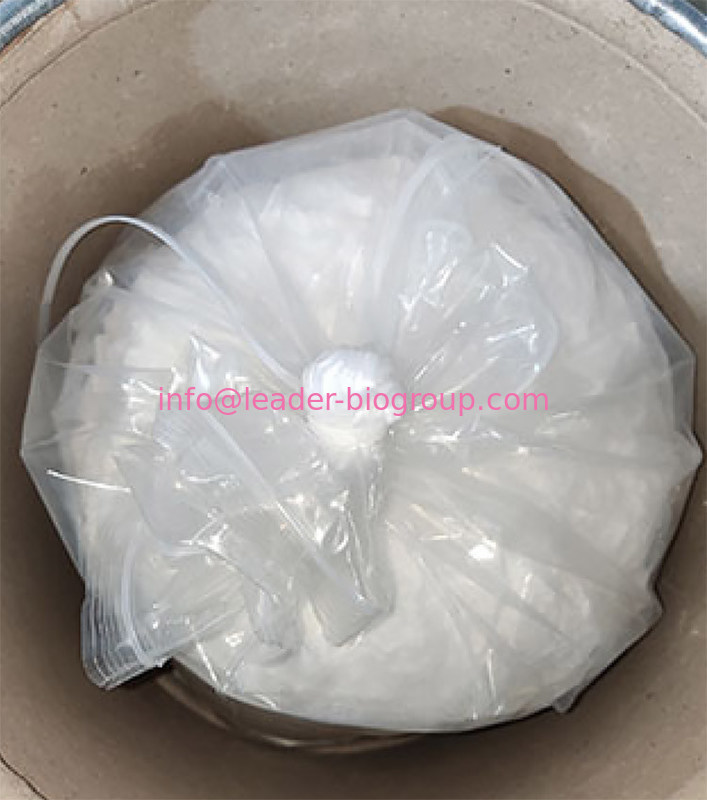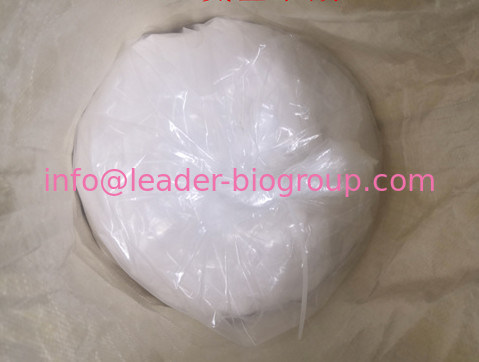
China Northwest Factory Manufacturer Supply SODIUM METHYL STEAROYL TAURATE CAS 149-39-3 For stock delivery
-
Purity99.9%
-
UsePersonal Care
-
OriginChina
-
Package1KG/Tin 25KG/Drum*Carton
-
ManufacturerXI'AN LEADER BIOCHEMICAL ENGINEERING CO.,LTD
-
Place of OriginCHINA
-
Brand NameLeader
-
CertificationISO,GMP,SGS,HALA,KOSER,HACCP
-
Model NumberLD
-
Minimum Order Quantity25KGS
-
PriceNegotiate Depend on order quantity
-
Packaging Details25KG/Drum
-
Delivery Time2-3 working days
-
Payment TermsWestern Union, MoneyGram, T/T, L/C
-
Supply Ability10MTS/Month
China Northwest Factory Manufacturer Supply SODIUM METHYL STEAROYL TAURATE CAS 149-39-3 For stock delivery
| sodium 2-[methyl(1-oxooctadecyl)amino]ethanesulphonate Basic information |
| Product Name: | SODIUM METHYL STEAROYL TAURATE |
| Synonyms: | SODIUM METHYL STEAROYL TAURATE |
| CAS: | 149-39-3 |
| MF: | C21H42NNaO4S |
| MW: | 427.61725 |
| EINECS: | 205-738-9 |
| Product Categories: | |
| Mol File: | 149-39-3.mol |

